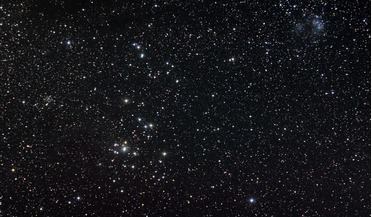 30 November 2018
All of the starlight ever produced calculated by scientists
30 November 2018
All of the starlight ever produced calculated by scientists
... years ago, etc. - all the way back to when the first stars were forming. “This allowed us to reconstruct the EBL and determine the star-formation history of the Universe in a more effective manner than had been achieved...
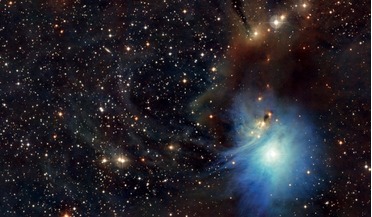 March 2018
Exploring the extreme universe
March 2018
Exploring the extreme universe
...the Universe. The cycle of matter proceeds from the formation of stars through nuclear fusion reactions, towards the ejection of ...hot nucleosynthesis ejecta and their trajectories towards new star formation have not yet been observed due to the ...
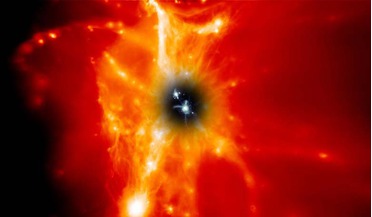 06 June 2016
Galaxies guilty of 'wasting' precious planet building material
06 June 2016
Galaxies guilty of 'wasting' precious planet building material
... with elliptical galaxies that appear red but also have little star formation. Nonetheless, despite the disparity in the galaxies star-producing ability, the simulations by the team revealed that both types of galaxy are not as efficient...
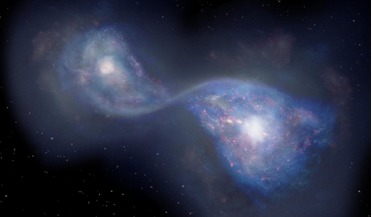 01 July 2019
Earliest known galaxy merger detected by ALMA
01 July 2019
Earliest known galaxy merger detected by ALMA
... galaxy in its prime is indicated by its apparent lack of star-forming material. The research team, headed by Takuya Hashimoto, a... distant Universe." Mergers are essential not only for star formation and galaxy evolution, but they also help unravel ...
 08 March 2021
New study determines best place and time to live in the Milky Way
08 March 2021
New study determines best place and time to live in the Milky Way
... – shortly after Earth started evolving – then the tables were turned. Heavy elements spewed out by generations of star formation reduced the frequency of GRBs, leaving the most central regions of the galaxy a more safer place to live...
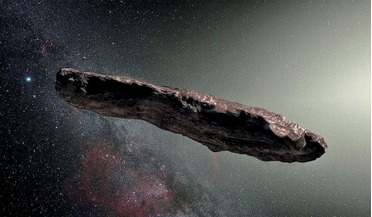 June 2018
Cosmic communications and the anthropology of outer space
June 2018
Cosmic communications and the anthropology of outer space
... at least the first few variables of the Drake Equation. “We know the star formation rate is around seven per year from Kepler,” he said. “We know the fraction of stars with planets, is about one percent in the Milky Way. We know...